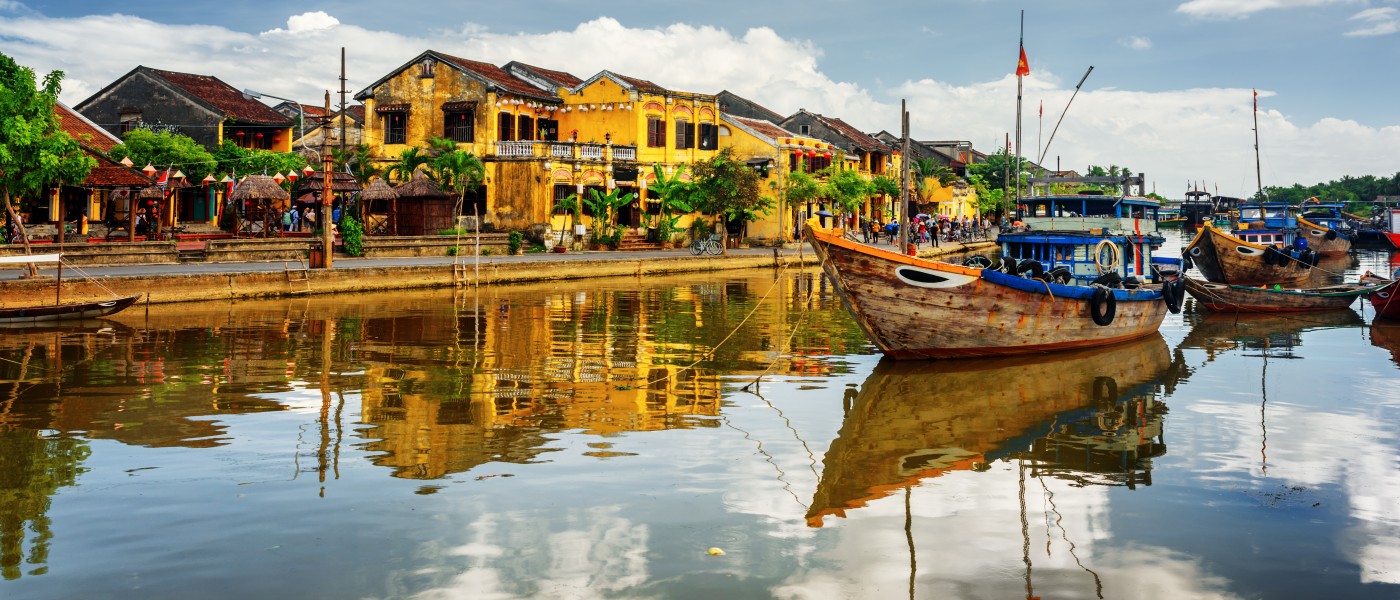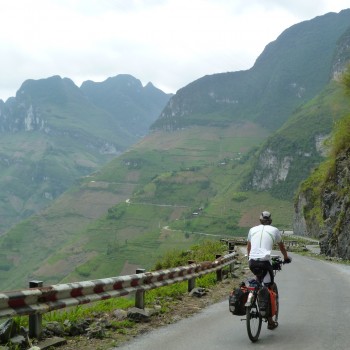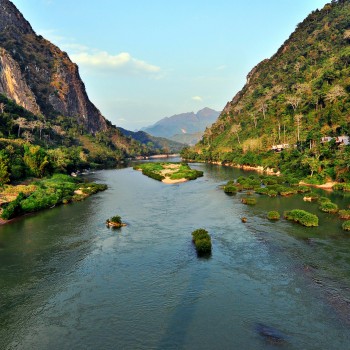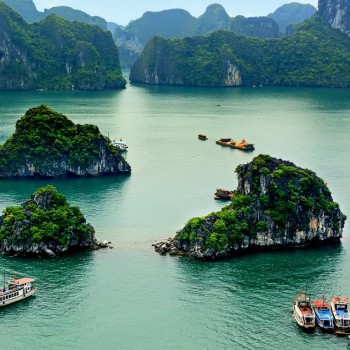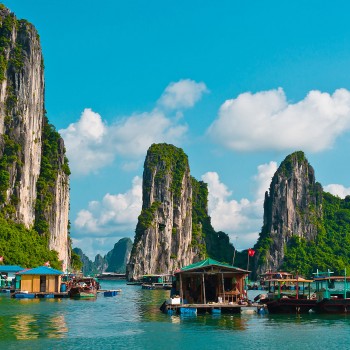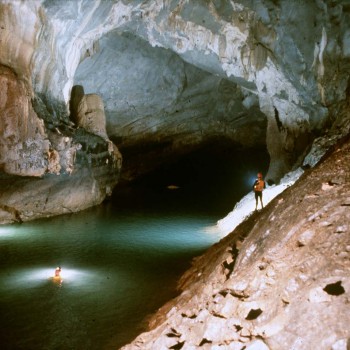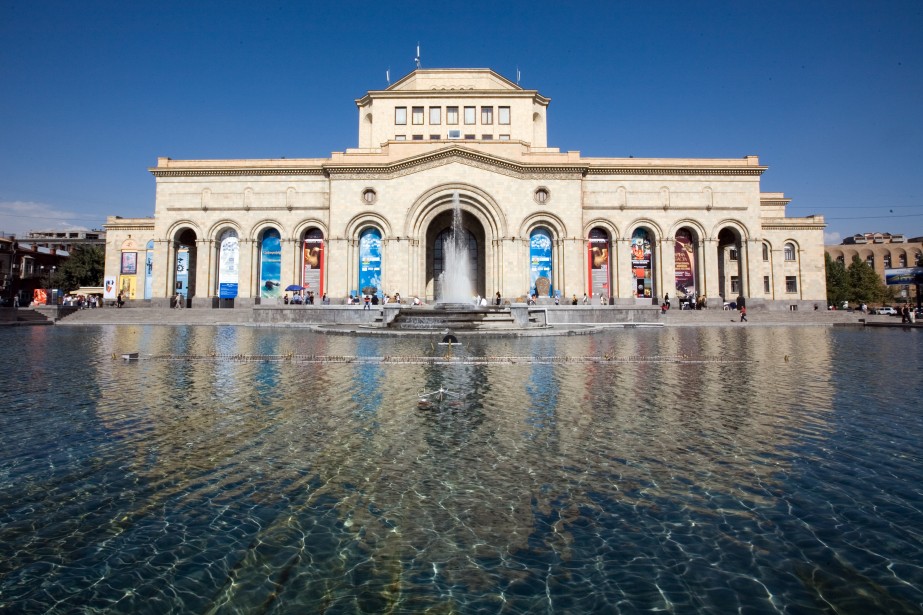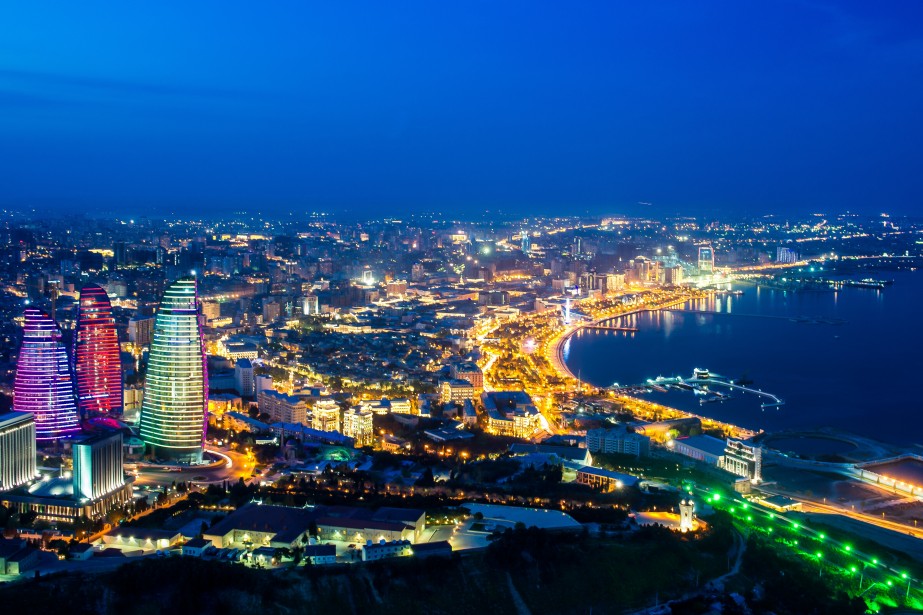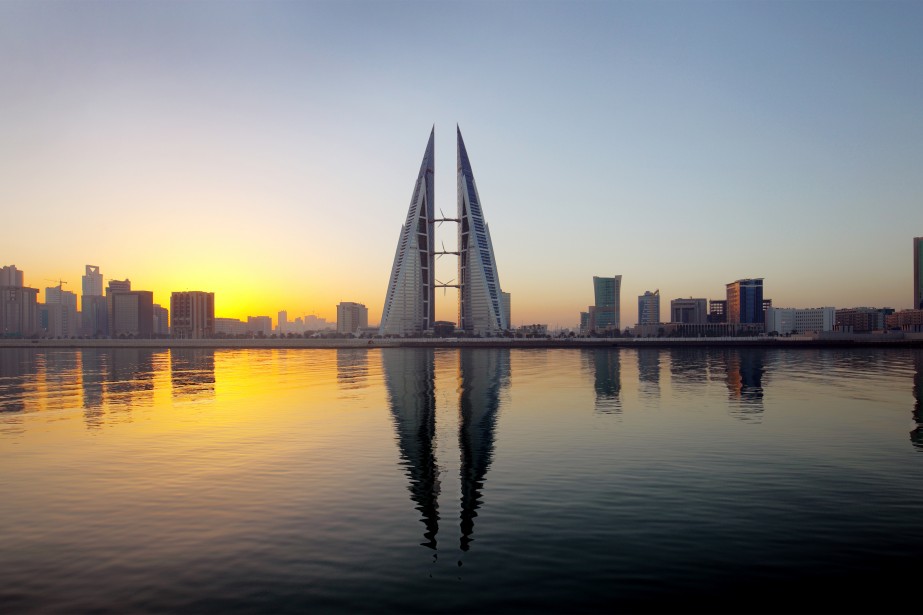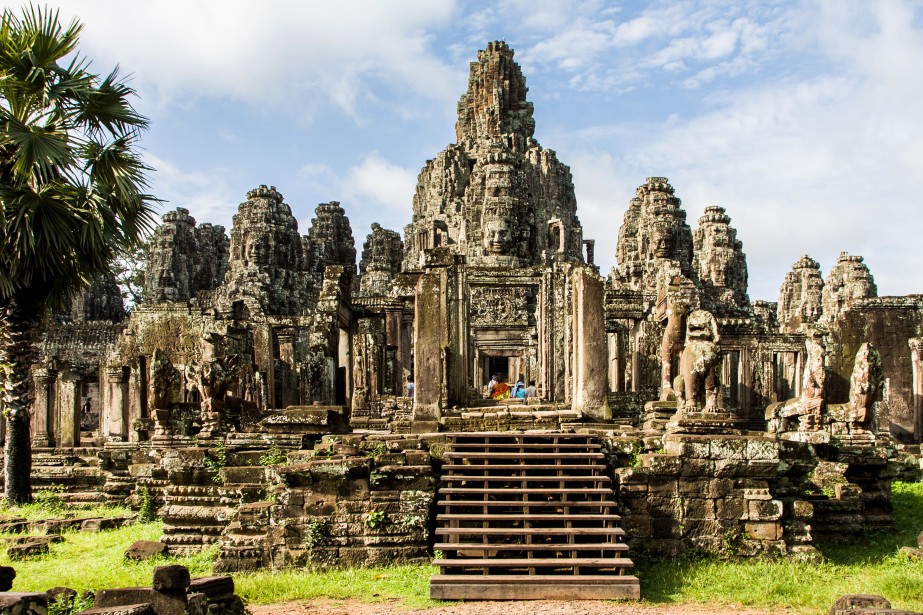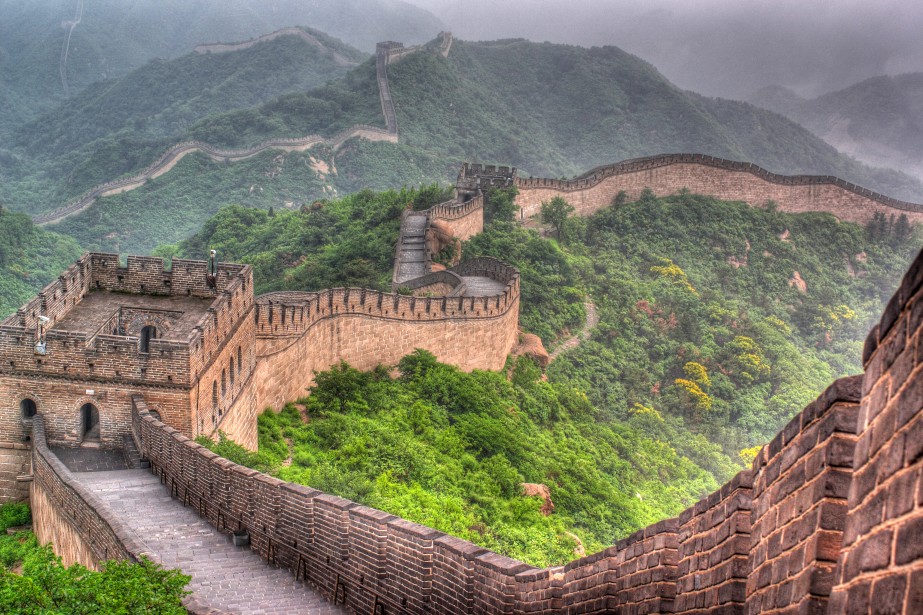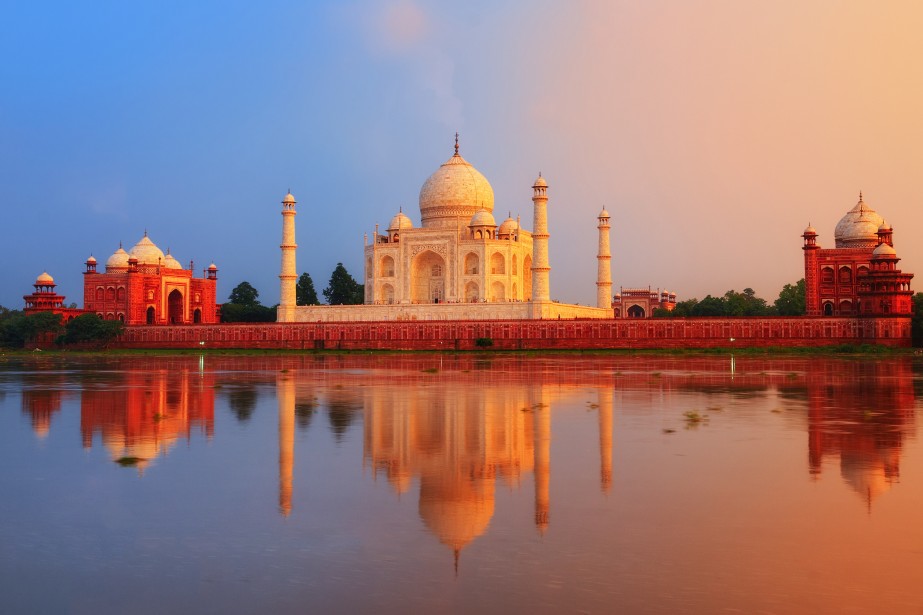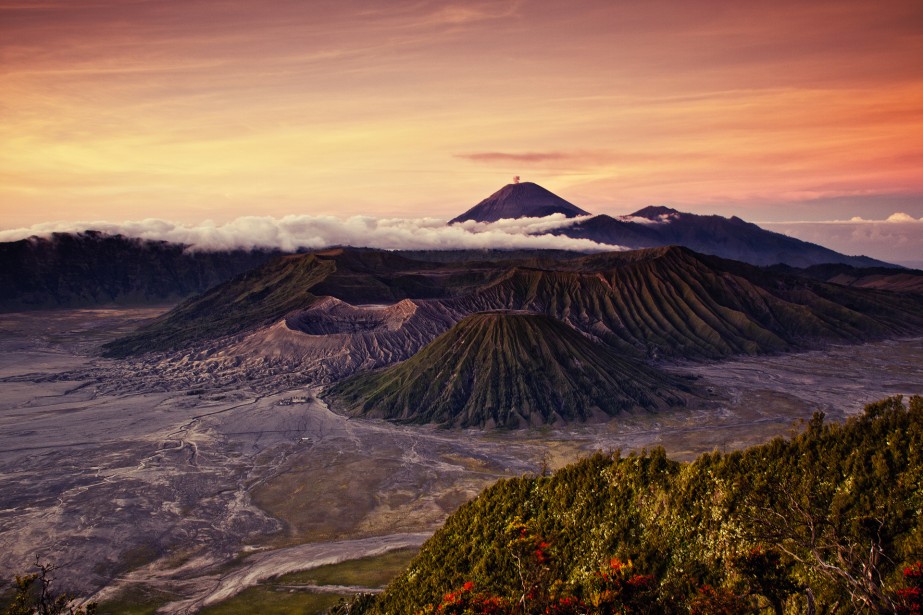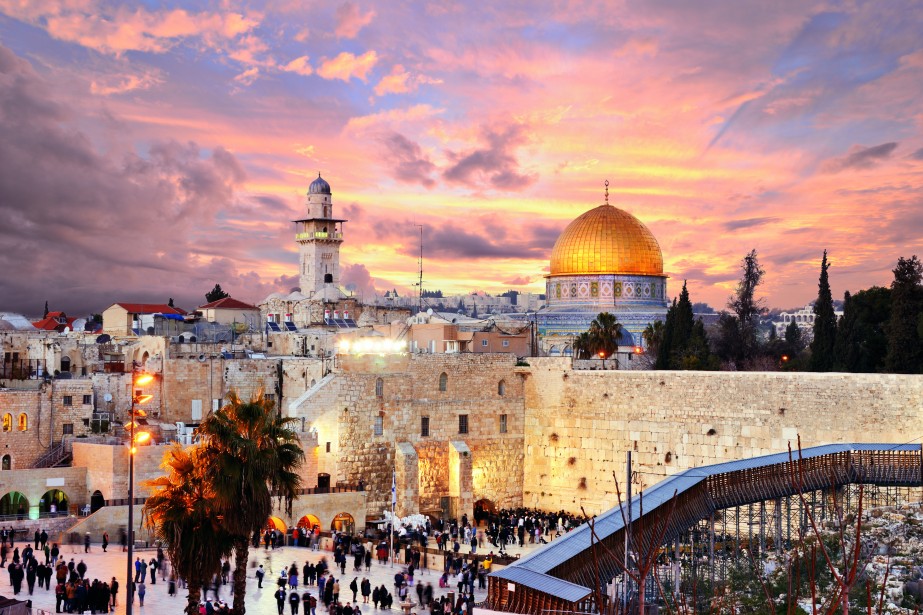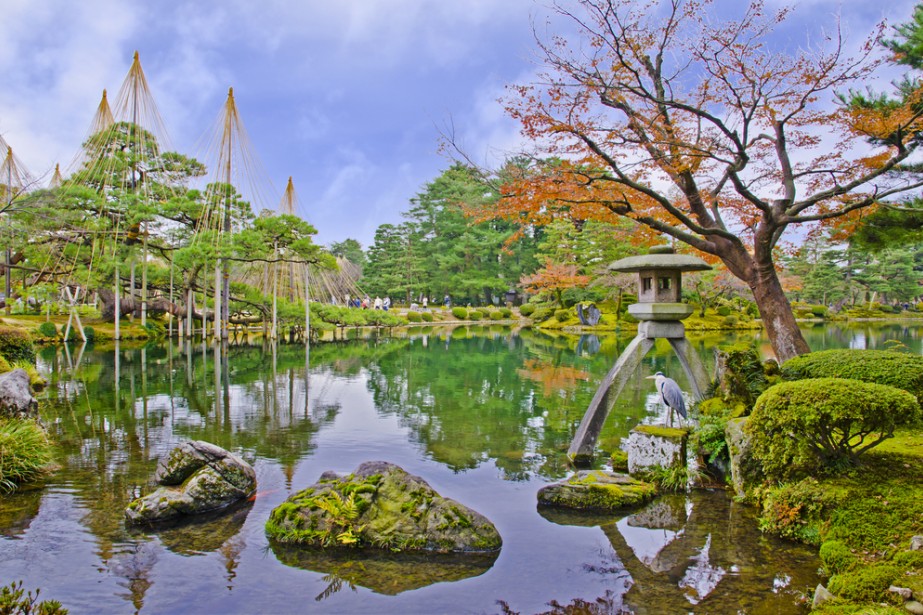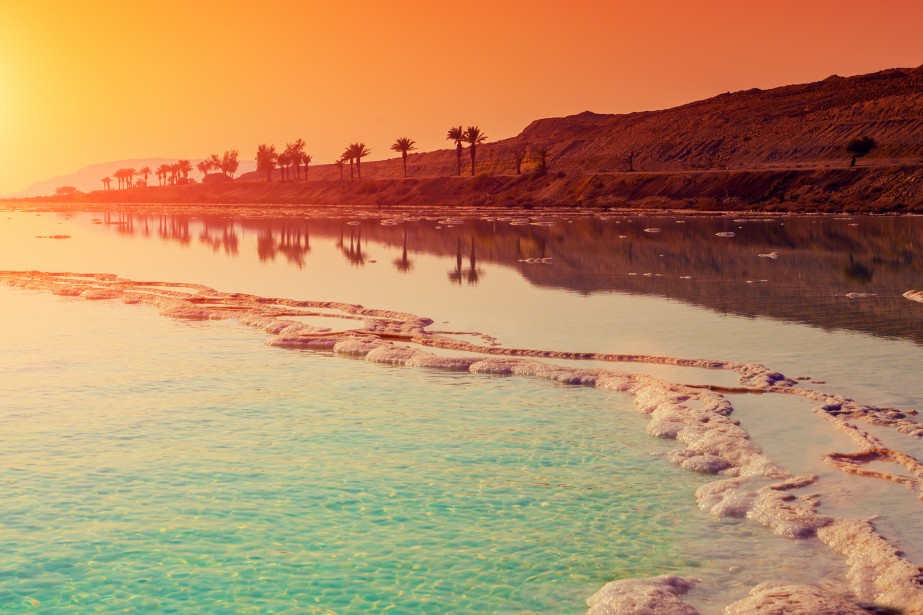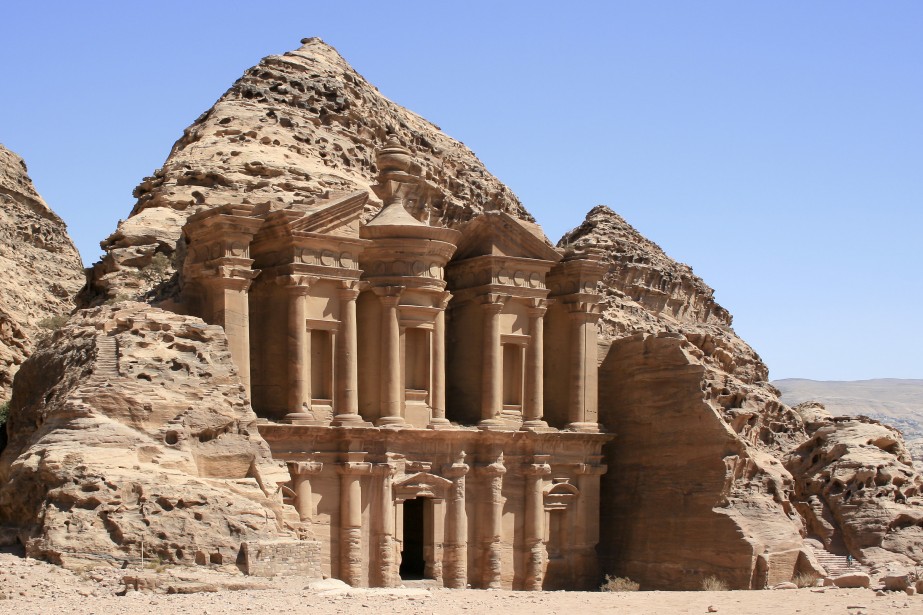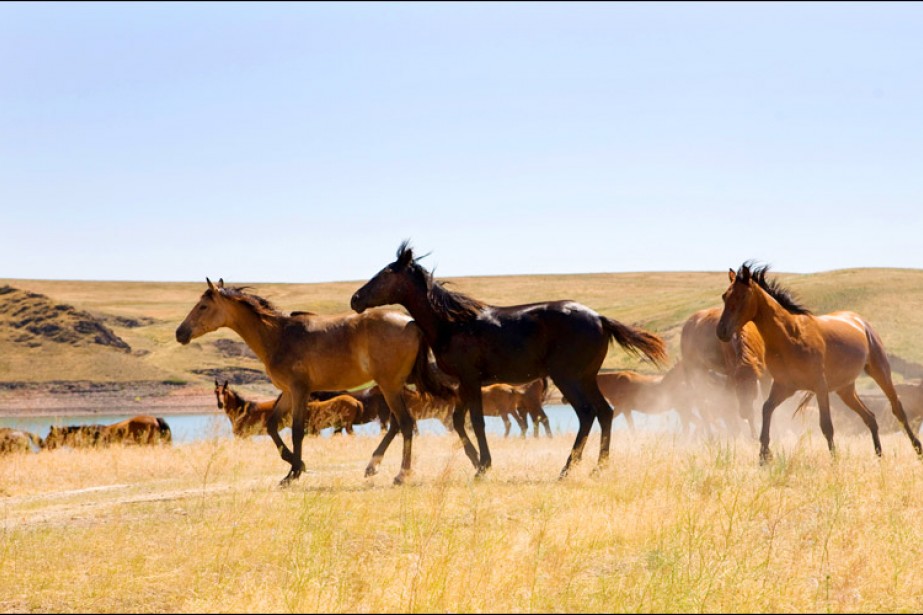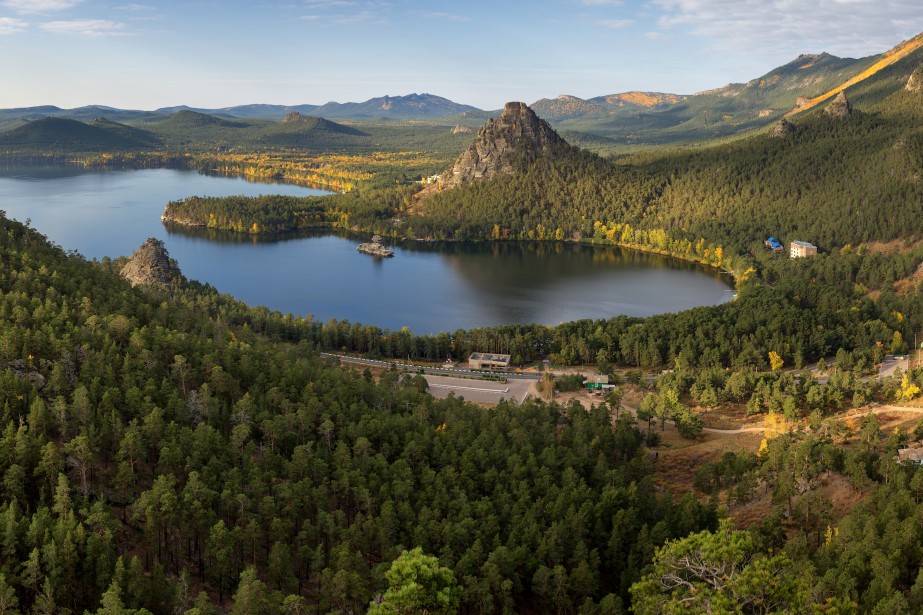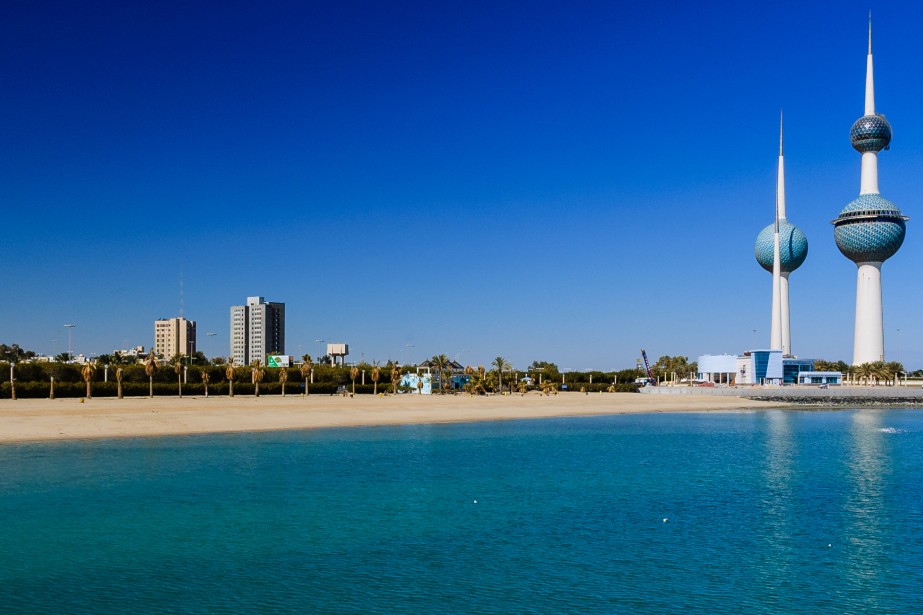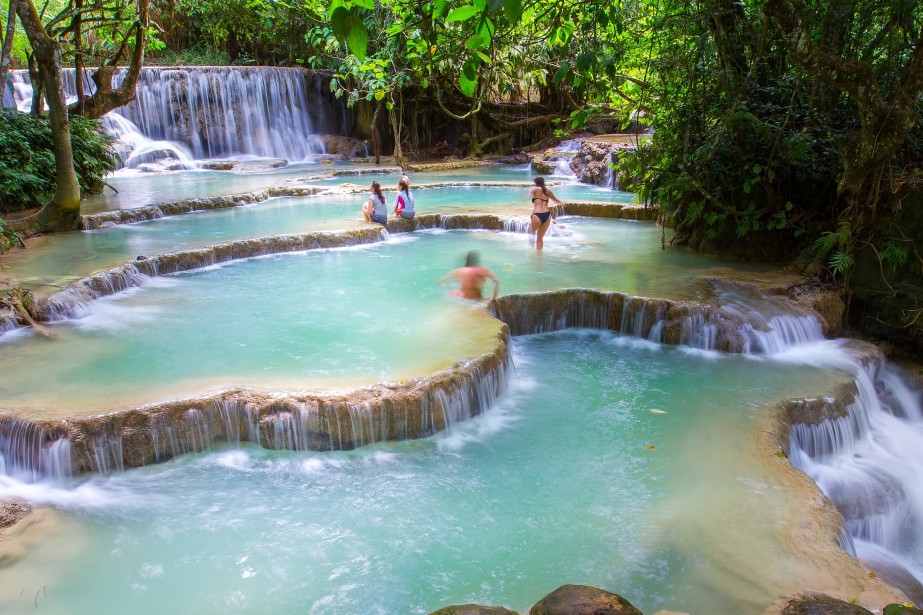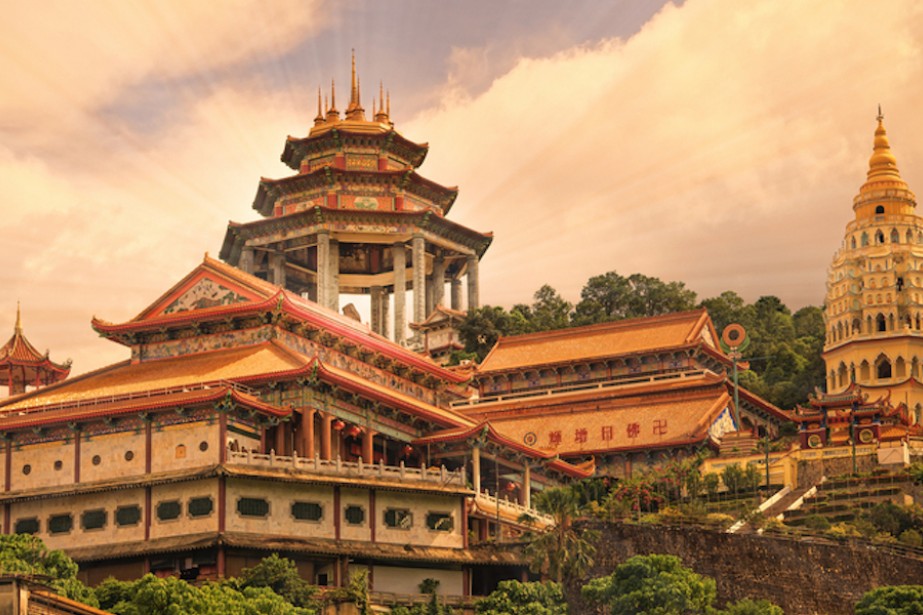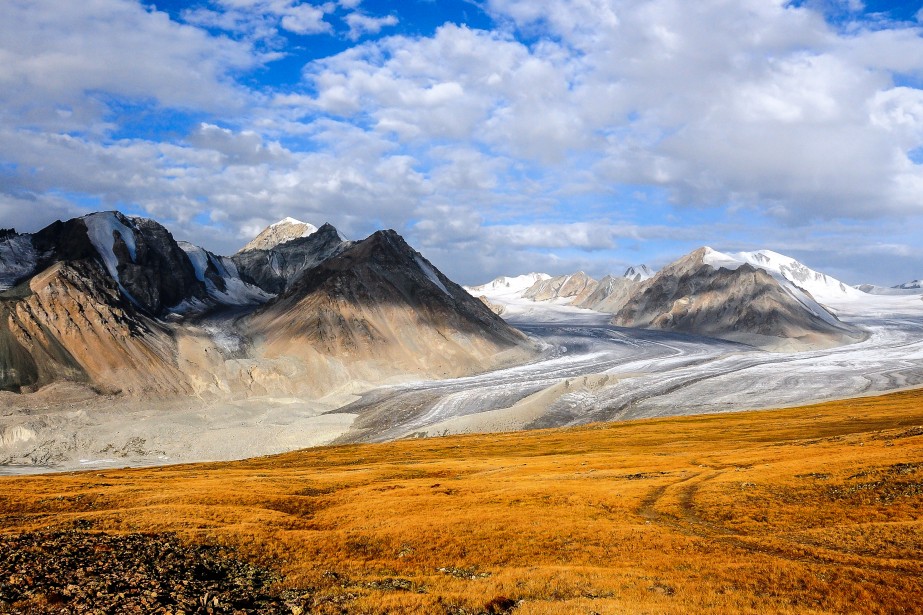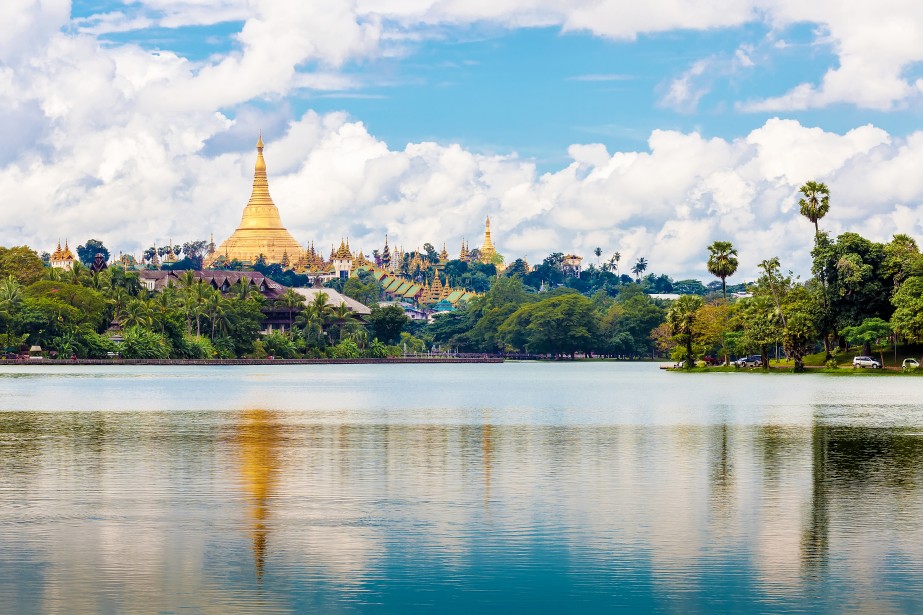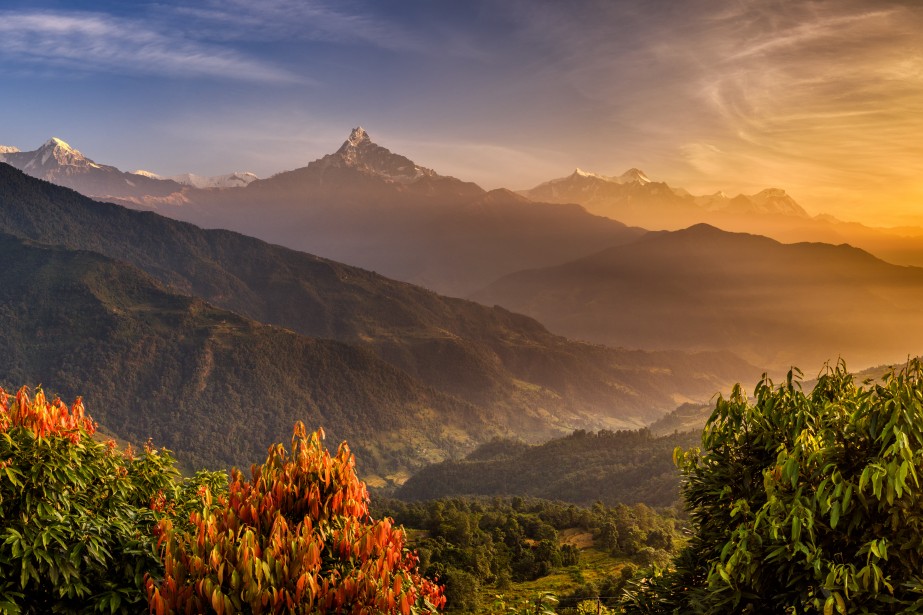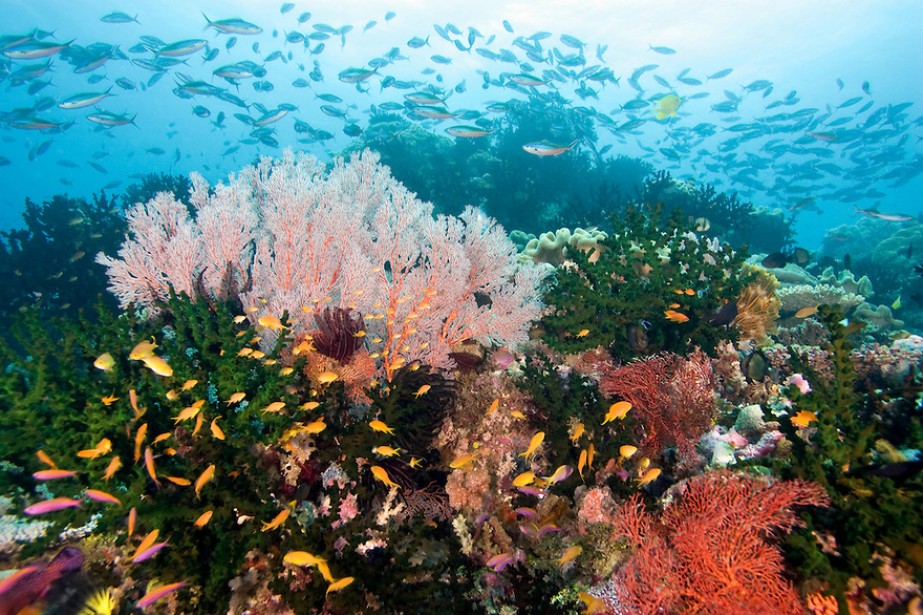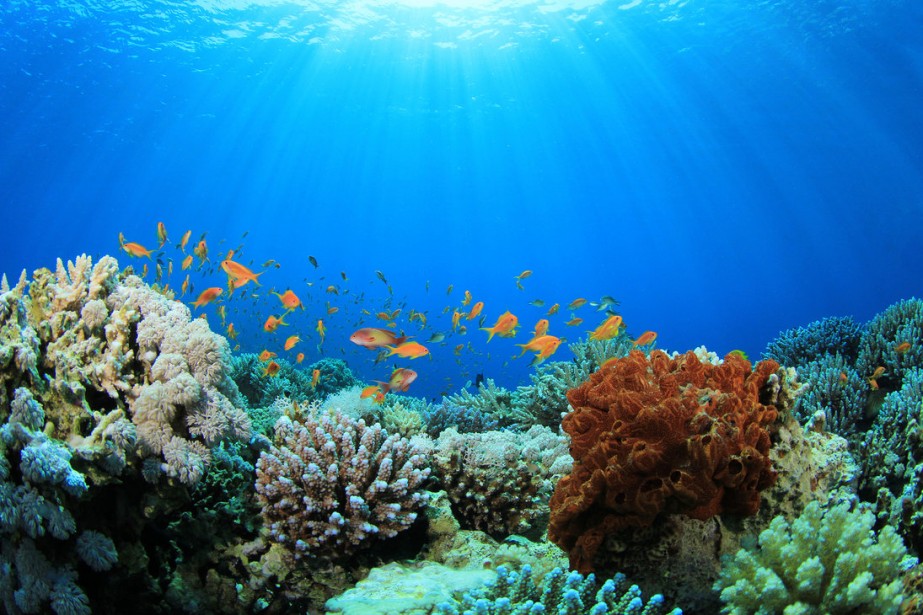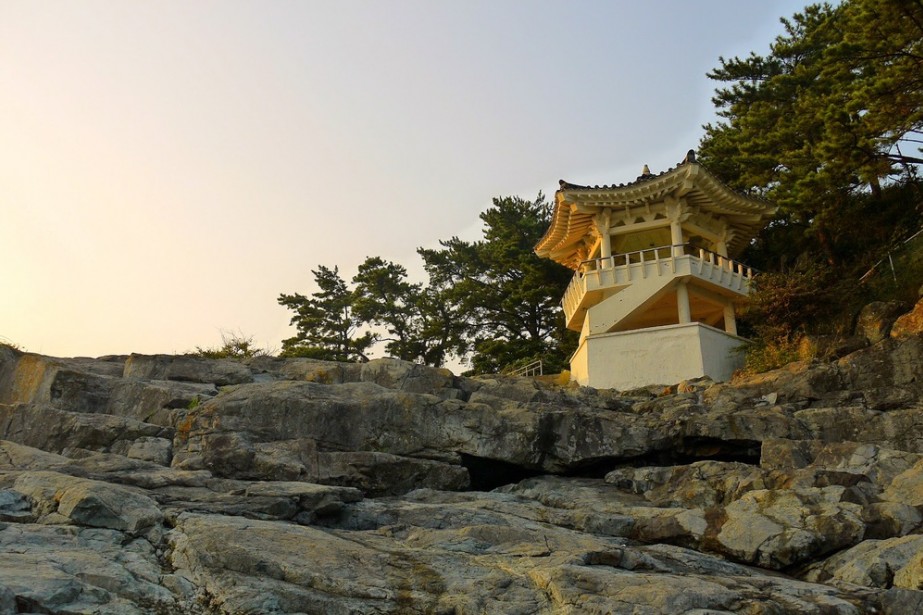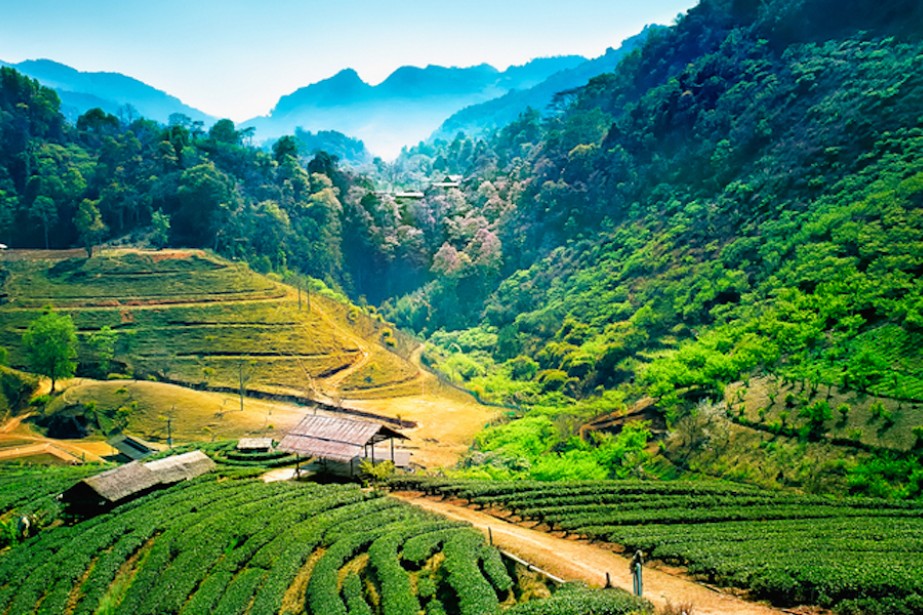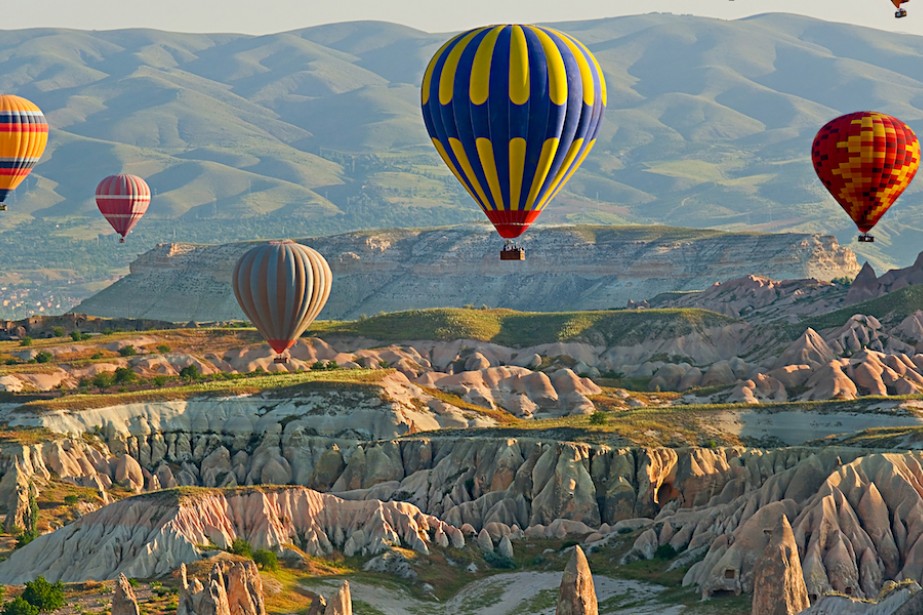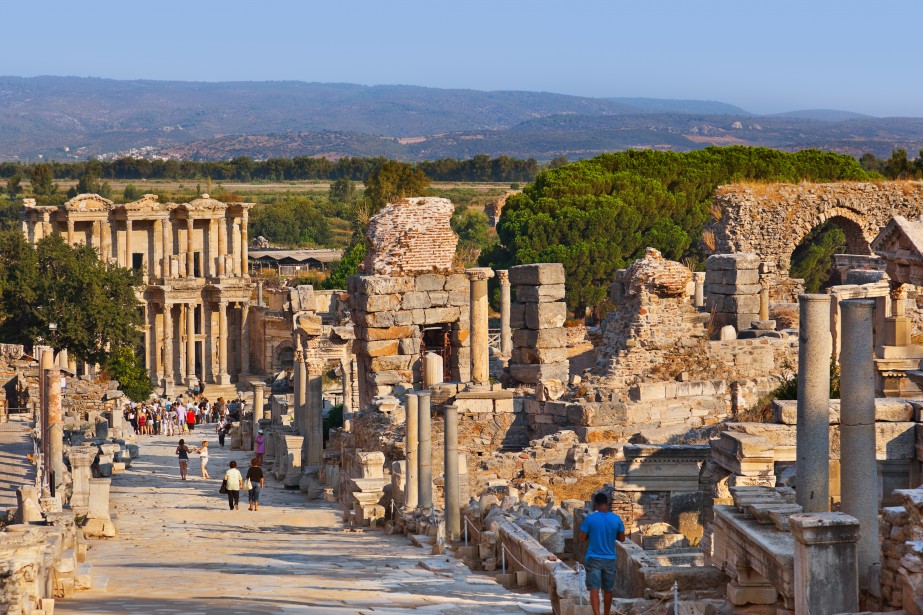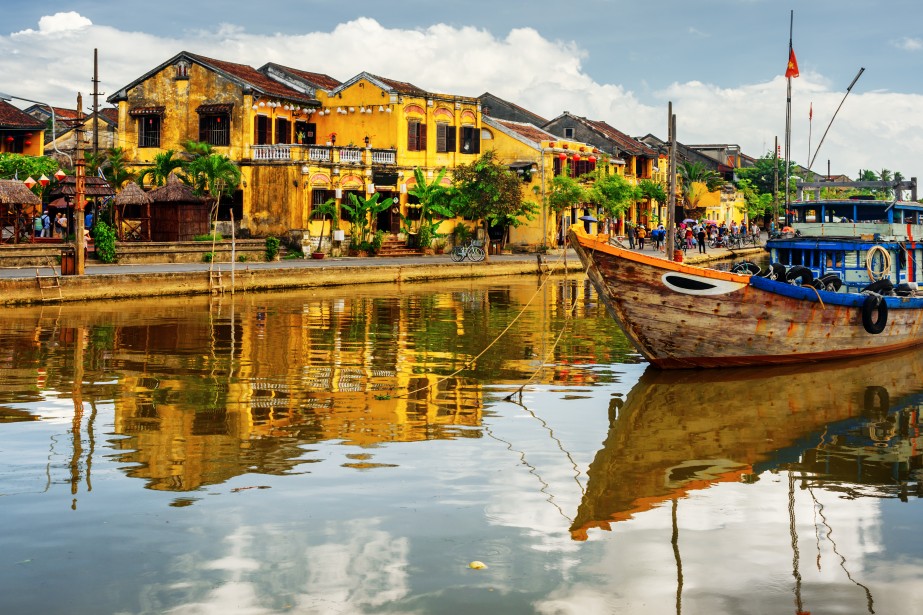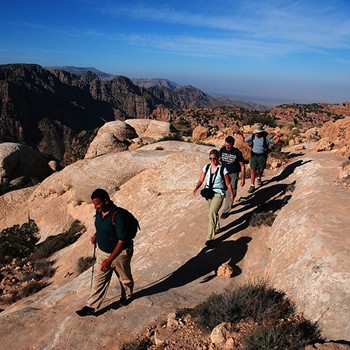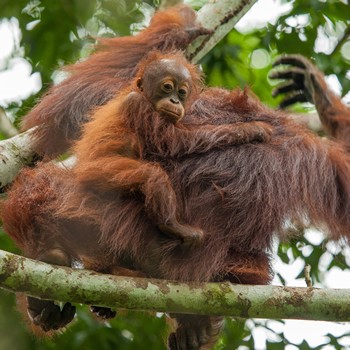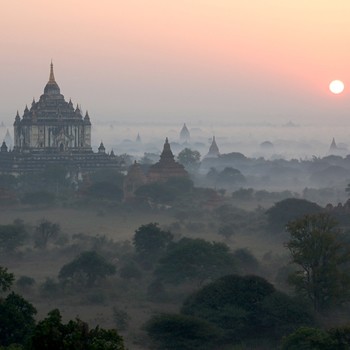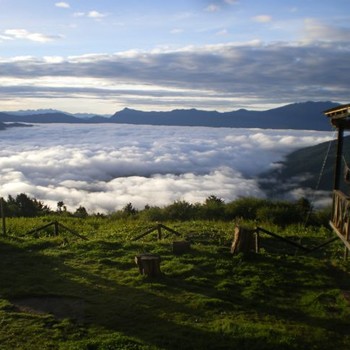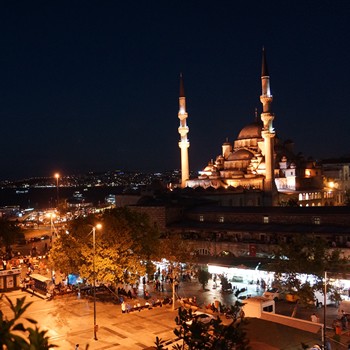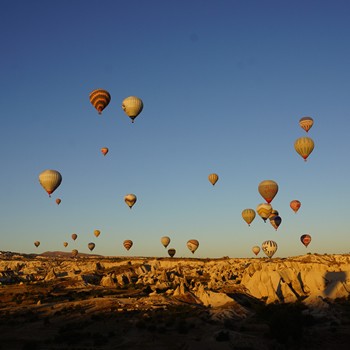Submitted by Heather Demars on August 1, 2016
Overview
Sadly, when most people think about traveling to Vietnam, they envision a country torn apart by war, crippled by famine, or weighted down by the ravages of poverty. What many do not realize is that Vietnam is a country of color, a country of diversity, a country of wonders. Ruled for centuries by China and then colonized by France in the mid-nineteenth century, Vietnam remains a unique blend of East and West.
From the bustling street markets in Ho Chi Minh City to the rice paddies of the Mekong Delta, to the white sand beaches of Phu Quoc Island, Vietnam is a country of contrasts and a land of surprises. The people of Vietnam capture the heart of its visitors as quickly as the beautiful land itself. Living through centuries of foreign occupation and war, the people of Vietnam have somehow managed to rise from the ashes as a cheerful, optimistic, and accommodating people.
While Vietnam has not been the most popular travel destination in Asia during recent decades, it is quickly climbing the charts. Those who choose to visit this diverse country are forever influenced by the experience and many feel that a part of Vietnam never truly leaves them.
When to Travel
There really is no bad time to travel to Vietnam. November through January are usually the most mild months in the South, though Hanoi can become rather cool during the winter months. The heaviest rainfall occurs between May and October, when tourists can expect daily rain showers.
One consideration you should make when planning your Vietnamese vacation is to take Tet into consideration. Tet, the Lunar New Year, is always a popular time to travel in Vietnam. During this time, most businesses close while people return to their native villages and towns to spend time with family. This can be a problem for tourists wanting to visit Vietnamese shops and attractions. Tet usually falls in the month of February, though the dates change yearly.
Vietnamese Cuisines and Drinks
As with many Asian countries, plain rice is the pillar of the Vietnamese diet, and rice or rice noodles are served at almost every meal. Nuoc man, a salty fish sauce, is used to lend flavor to dishes much as Americans use table salt. Nuoc cham is the most popular condiment in Vietnam, and is used primarily as a dipping sauce. Made primarily from pepper flakes, vinegar, fish sauce, lime juice, garlic, and sugar, this sauce is a delicious addition to any meal.
Seafood is also another staple of the Vietnamese diet. A wide assortment of fish, squid, and eel are common in most meals. Other meats, such as chicken, beef, and pork are also common, but are usually eaten in smaller quantities. The unique Vietnamese flair is added to dishes through the use of many seasonings and spices such as coriander, lemon grass, mint, nuoc cham and nuoc nam, garlic, basil, vinegar, lime juice, peanuts, and black pepper.
To round out their meals, the people of Vietnam add a generous serving of vegetables, which are usually left raw to add a satisfying crunch to the meal. Pho, Vietnamese soup, is becoming increasingly popular in western nations for the healthy combination of vegetables and rice noodles. Pho bo (beef noodle soup) is the most popular variety in Vietnam and is often purchased from sidewalk vendors for a quick and healthy breakfast.
Tea is the most common beverage in Vietnam and is commonly served before and after meals, but not during. Although not as popular, coffee is also easily found in cities throughout Vietnam. A favorable way to serve coffee is as caphe, in which coffee is mixed with sweetened condensed milk and served warm or chilled. For a truly decadent experience, refresh yourself with a drink of fresh coconut milk, commonly enjoyed with a straw, straight from the coconut.
Popular Vacation Sites in Vietnam
Saigon or Ho Chi Minh City – Want the ultimate outdoor market experience? Vietnam’s largest city is the place to find one…along with several other Vietnamese attractions you will not want to miss. Wander through the several hundred merchant stalls at the Ben Thanh Market, one of the country’s largest old-style markets, and browse through a seemingly endless array of goods, which range from tourist souvenirs, t-shirts, and jeans to local fruits, vegetables, meats, rice, fast food, and kitchenwares. Merchants will quote substantially higher prices to tourists at this so-called “den of thieves”, so be ready to haggle. For a slightly less hectic pace, head to the less touristy Cho Binh Tay market in Chinatown. The market still offers an impressive assortment of goods, but at a significantly lower price. After your marketing adventures, make sure not to miss the twin towers of the Notre Dame Cathedral, the Catholic center of the city. A stroll through the War Remnants Museum will sate the appetite of any history buff in your group, and everyone will enjoy watching the traditional Vietnamese Water Puppet show on the outdoor terrace of Ngon Restaurant. Finally, before leaving Ho Chi Minh City, go bird watching, hiking, or even stay overnight in a crocodile swamp in Cat Tien National Park, a 270 square mile biosphere filled with some of Vietnam’s most impressive flora and fauna.
Hanoi – Vietnam’s capital city has it all – museums, temples, markets, and parks, all wrapped up in a surprising blend of Chinese and French influence. At the Ho Chi Minh Mausoleum, visit the final resting place of Ho Chi Minh, the country’s former president, prime minister, and leader of the Viet Cong forces during the Vietnam War. Next door to the Mausoleum you will find the Ho Chi Minh Museum, which some consider to be one of the world’s strangest museums. Relish the serenity of a morning spent watching locals practice Tai Chi at peaceful Hoan Kiem Lake, and visit the Temple of Literature, which was founded in 1070 and served as the country’s first university. As the sun sets, brush shoulders with the locals at the Hanoi Night Market, where vendors light up their stalls and for a more intimate shopping experience. Hanoi is also home to the Thang Long Water Puppet Theatre which boasts one of the best Water Puppet shows in the country.
Hoi An – Return to a simpler time as you wander the streets of The Old Town of Hoi An, currently listed as a UNESCO World Heritage Site. Float lazily down the river in a swan boat, take a cooking lesson at one of several local restaurants, or buy a ticket for about five US dollars that will allow you to see one museum, one old house, one assembly hall, the handicraft workshop (and a traditional music show) or the traditional theater, and either the Quan Cong Temple or the Japanese Covered Bridge. If at all possible, plan to be in Hoi An on the 14th day of the lunar month. On this celebrated day of Buddhist worship the residents of Hoi An turn off streetlights and fluorescent lights in the evening, adding even more historic charm to the Old Town portion of the city.
Mekong Delta – Although the Mekong Delta is mostly rural, this area, also known as the “rice basket” of Vietnam, is one of them most heavily populated in the country. The charm of the area is in its people and the quiet lives which they lead. Visitors can experience farming life as they visit local orchards or flower markets, tour fish farms, and sample the offerings of floating markets. To get an even more intimate feel for life on the delta, many visitors choose to board with a local family, otherwise known as a “homestay”.
Phu Quoc Island – Not far from the Mekong Delta, in the warm turquoise waters of the Gulf of Thailand, lays one of Vietnam’s true treasures. Phu Quoc Island is an idyllic island getaway with its long stretches of tranquil beaches, relaxed atmosphere, and gentle island breezes. Though many visitors to Phu Quoc prefer to simply soak up the serenity of the island, others prefer a more adventurous introduction to the surrounding waters. Several dive shops on the island are available to introduce even the most inexperienced diver to the true beauty of Phu Quoc Island – the stunning variety of coral and tropical fish that lie just beneath the surface of the pristine water.
Practical Info
Currency
Vietnam’s official currency is the Dong. While exchange rates vary, you will usually get between 15,000 and 20,000 Dong for each US Dollar. The US Dollar is also widely accepted in Vietnam, especially in the larger cities. There is a black market for currency, but you can usually get a better exchange rate at the banks, hotels, and even jewelry shops throughout the country. Travelers checks can be exchanged at most banks but are not widely accepted by hotels and local merchants. When exchanging money in Vietnam, keep in mind that bills in good condition are often exchanged at a higher rate than older bills. If bills are too damaged, they may not be accepted for exchange at all. ATM machines are increasingly popular, though they are not as widespread as in other Asian cities, and travelers should plan to have cash handy or to be able to visit banks during business hours rather than relying on the convenience of an ATM.

